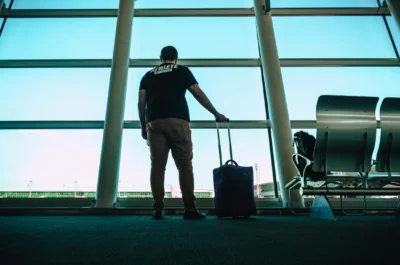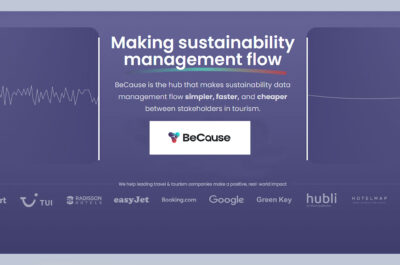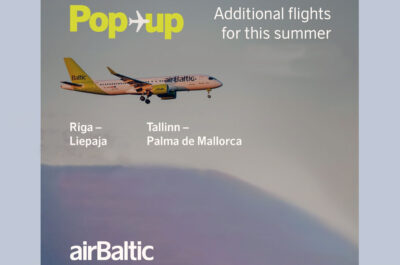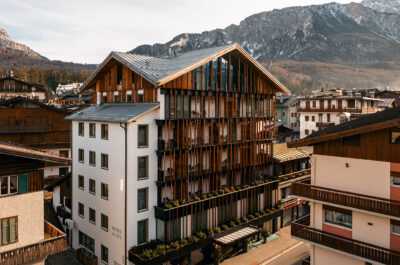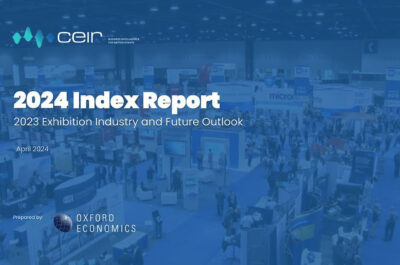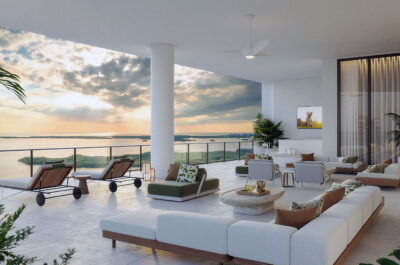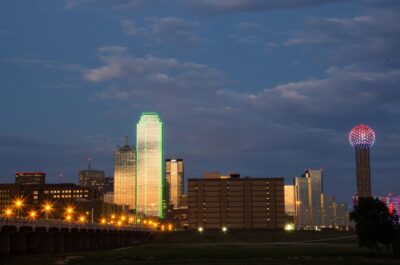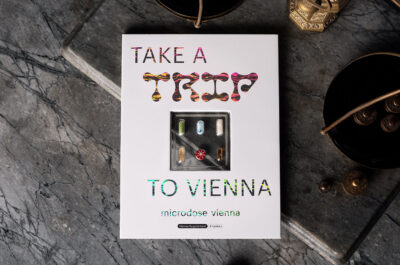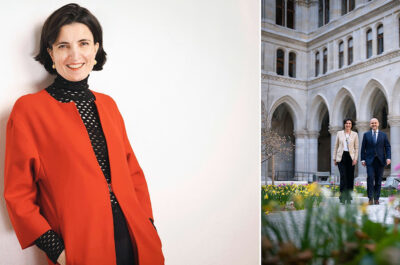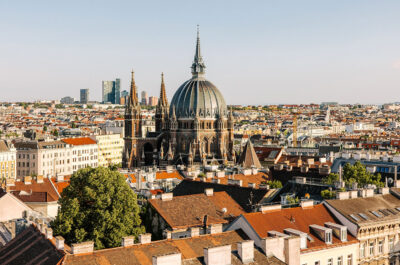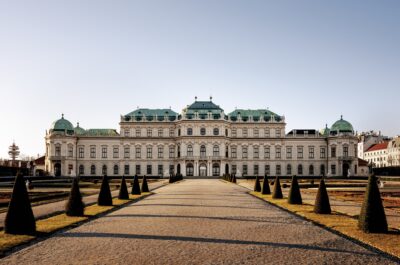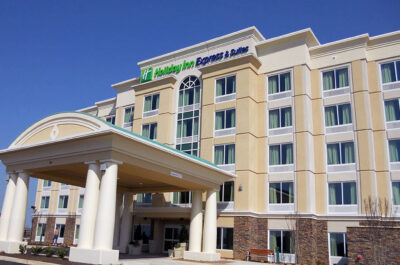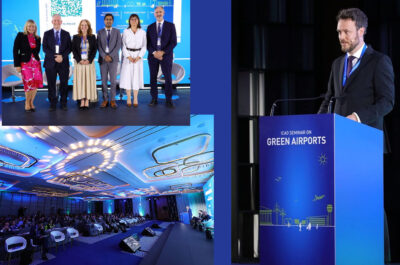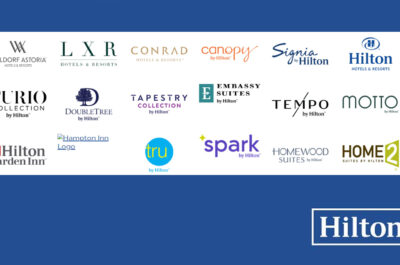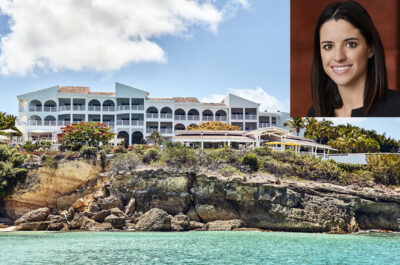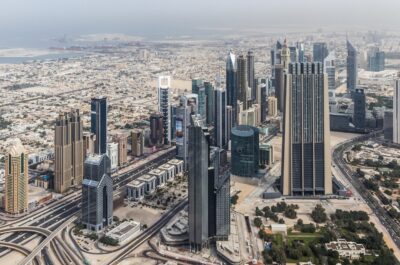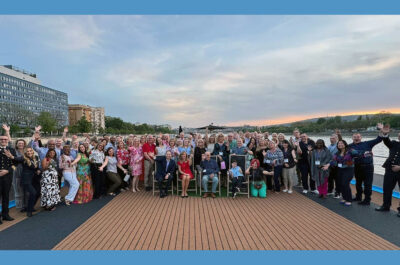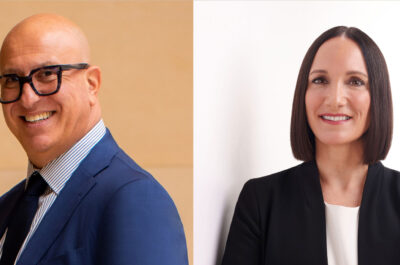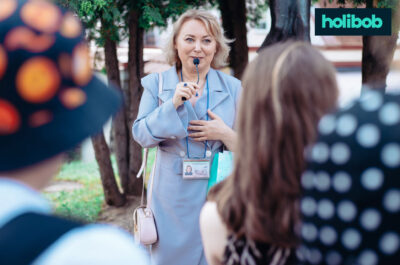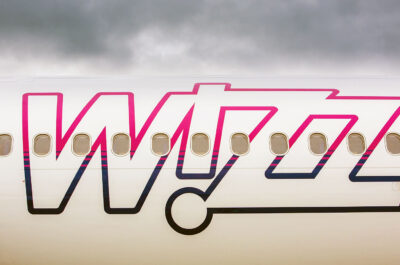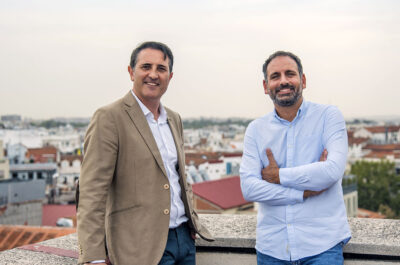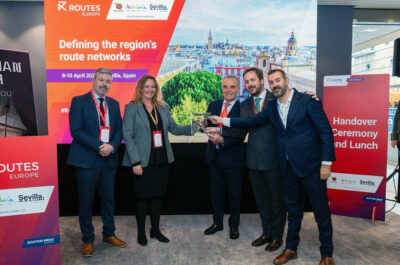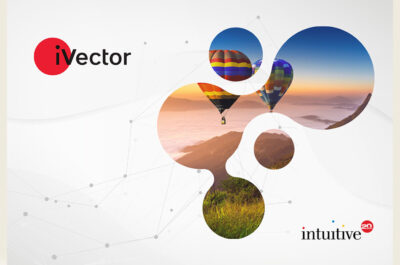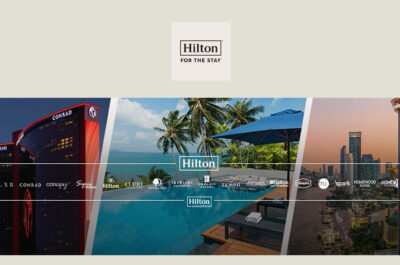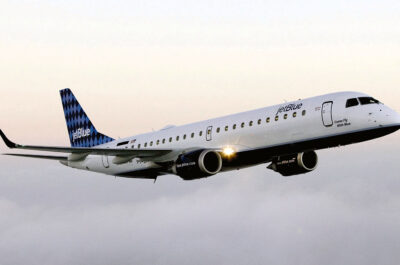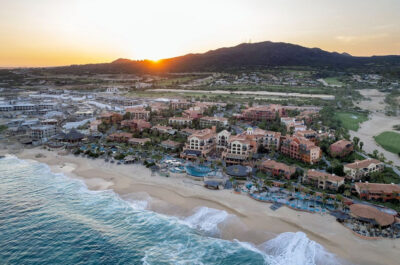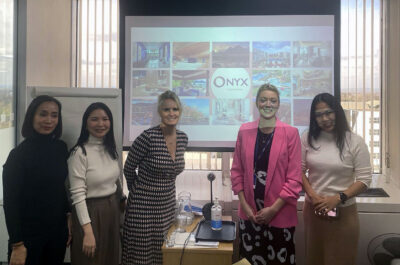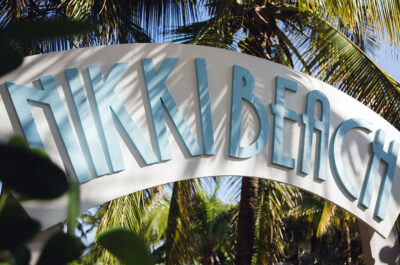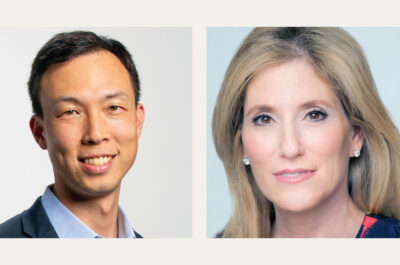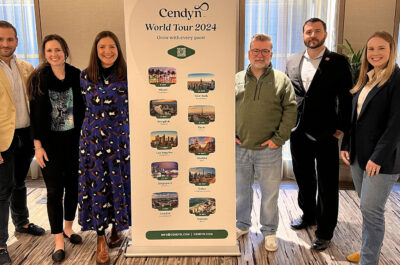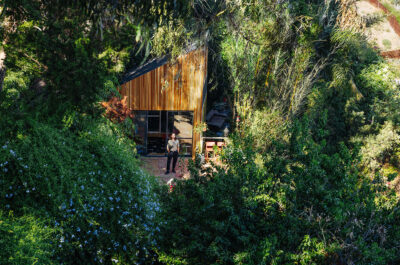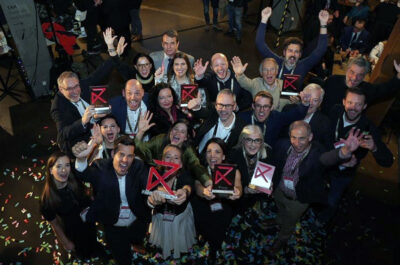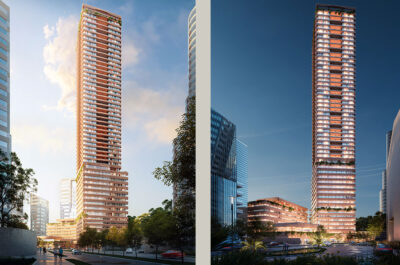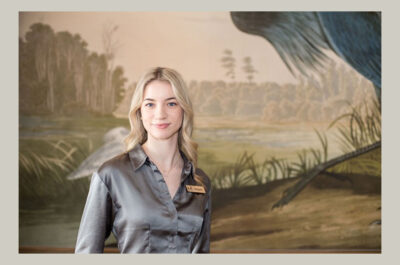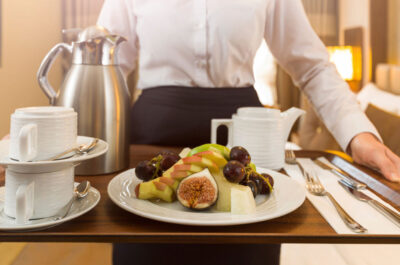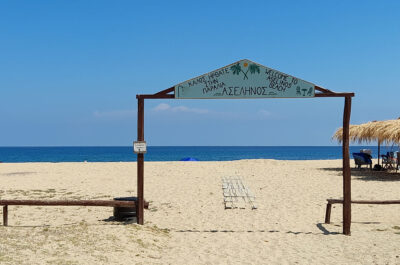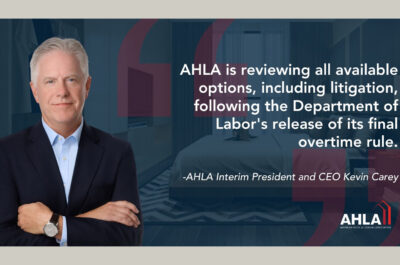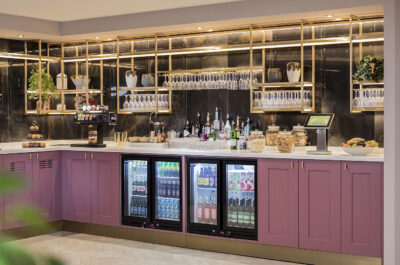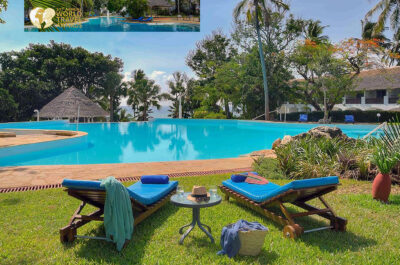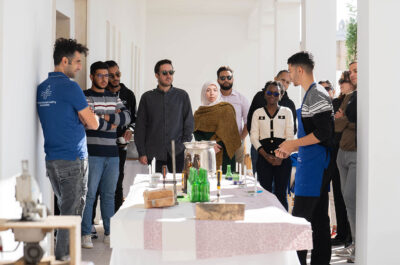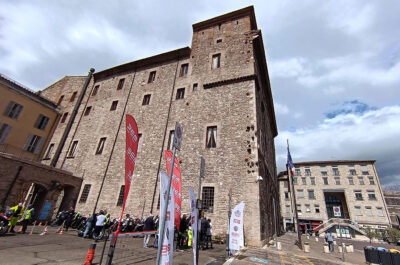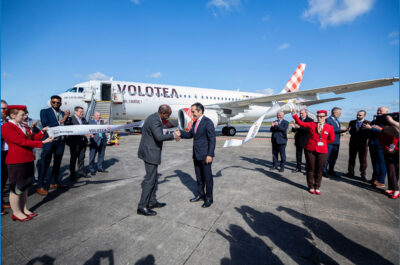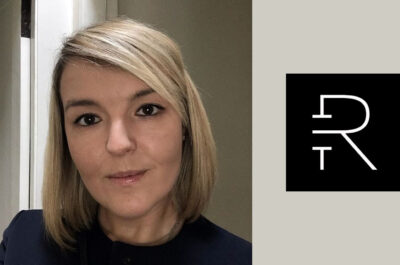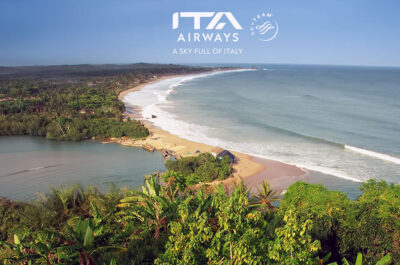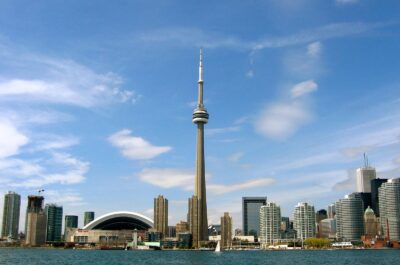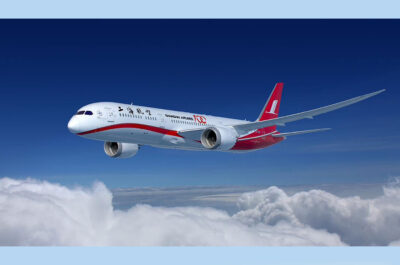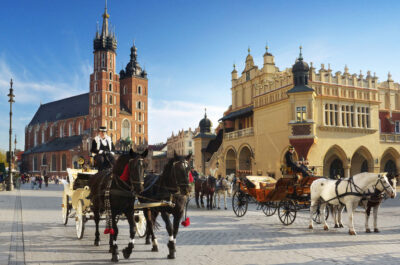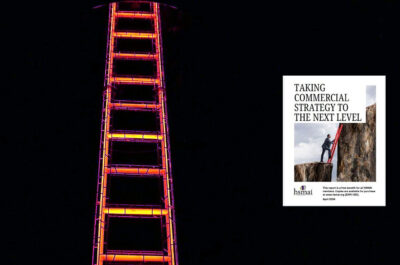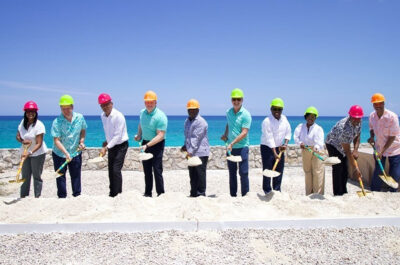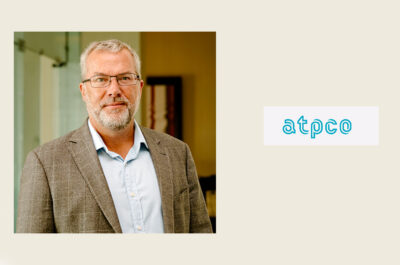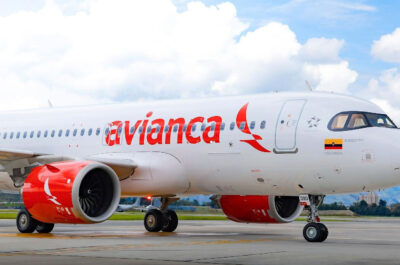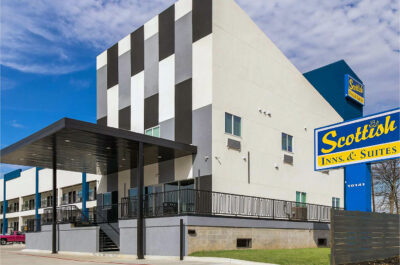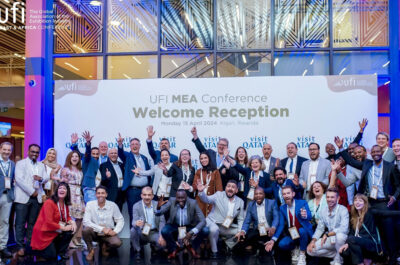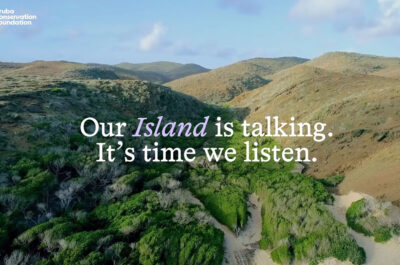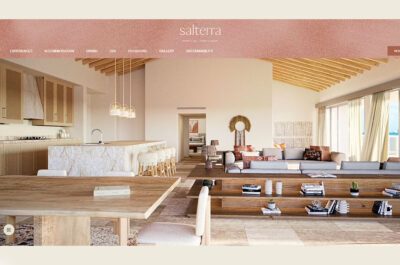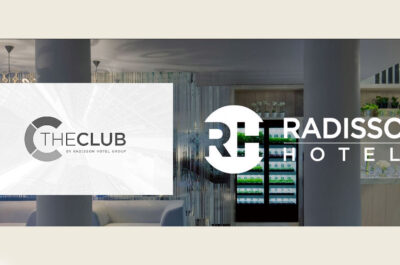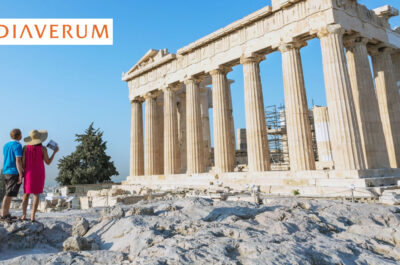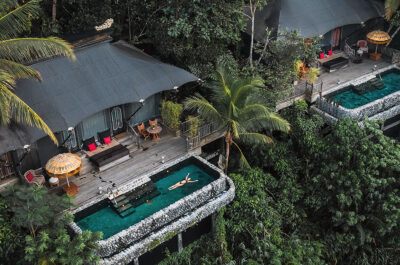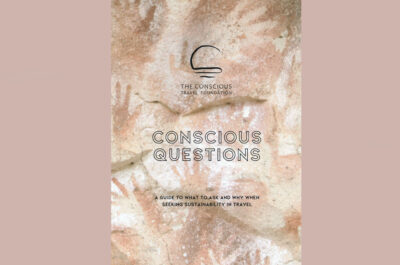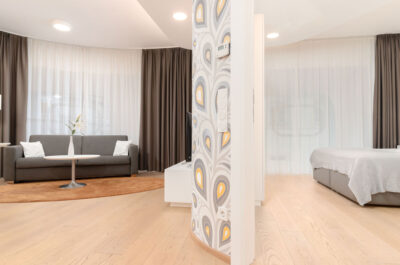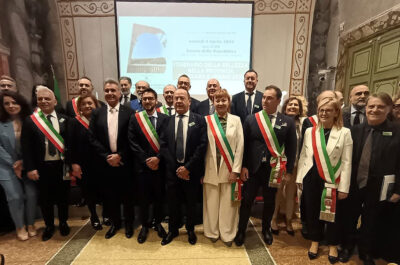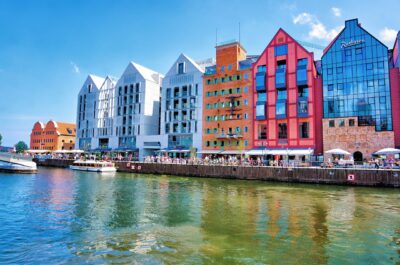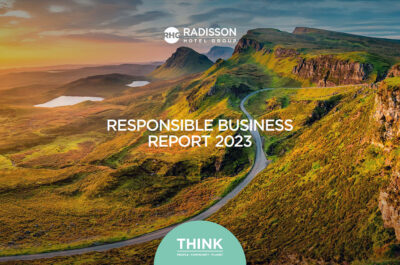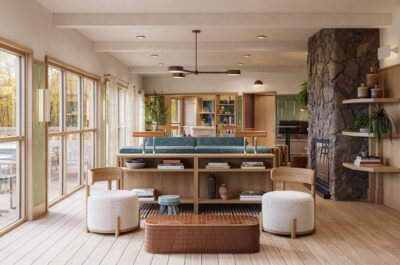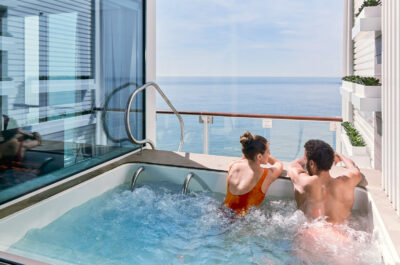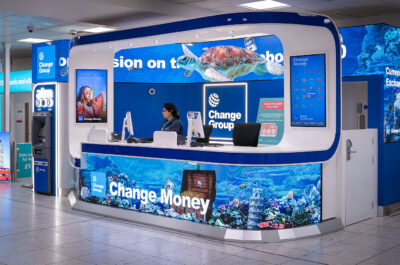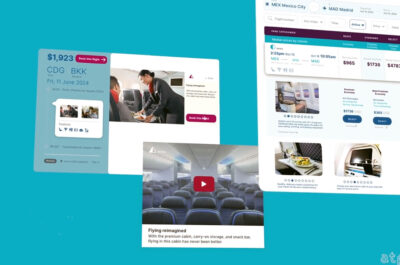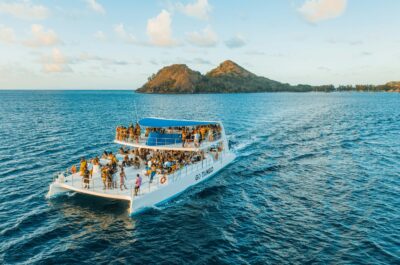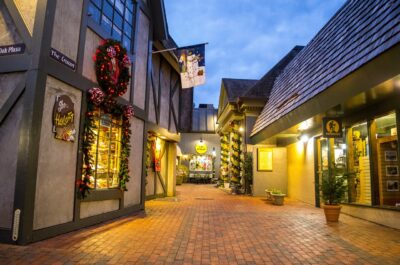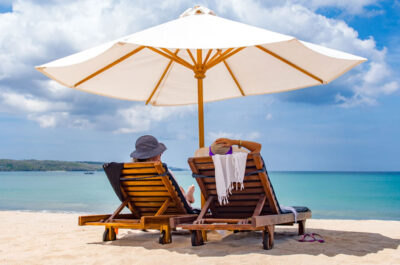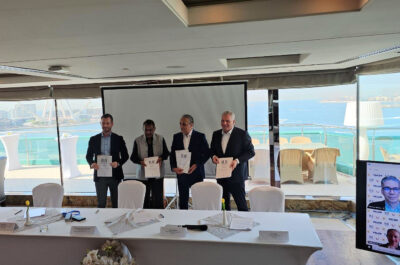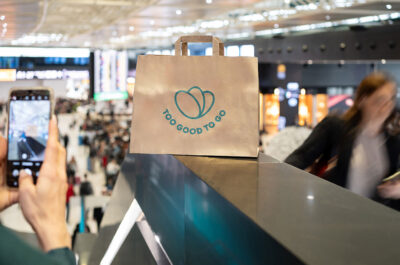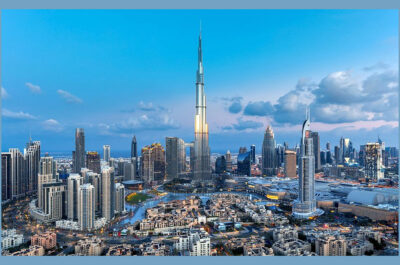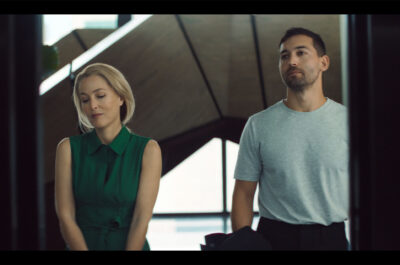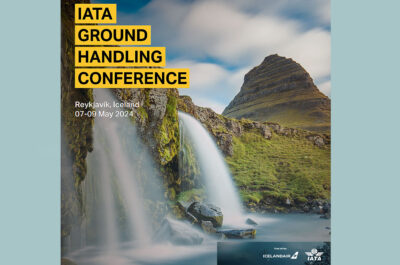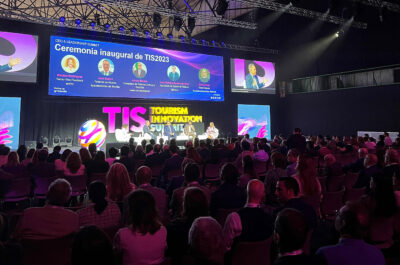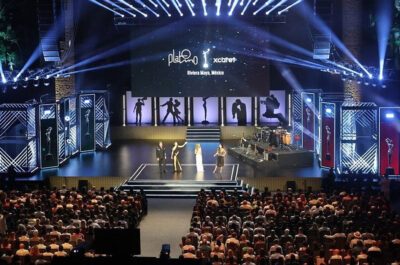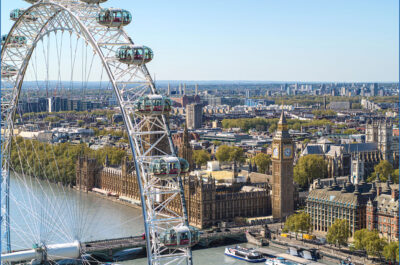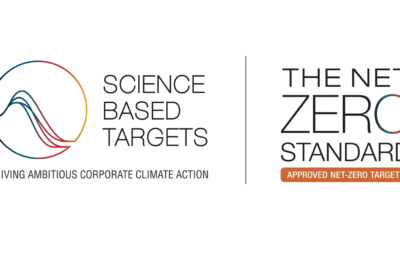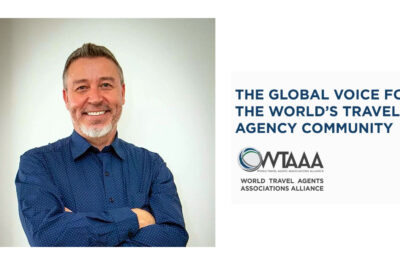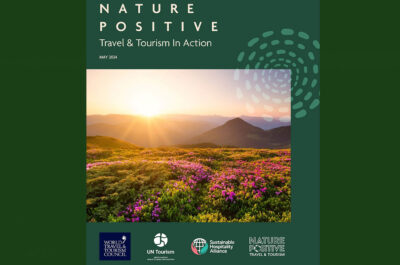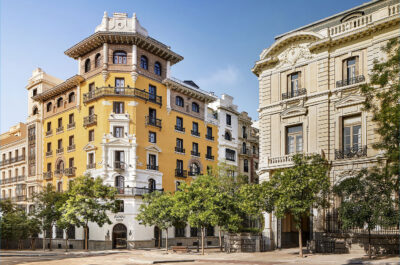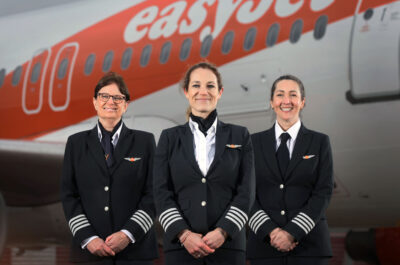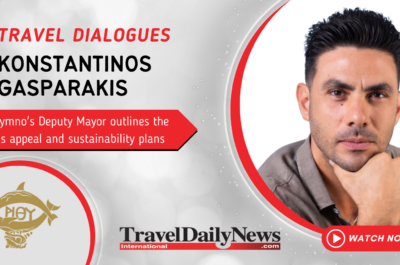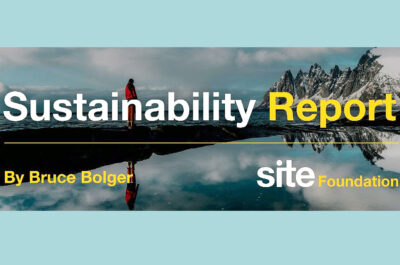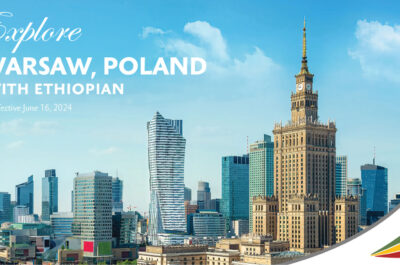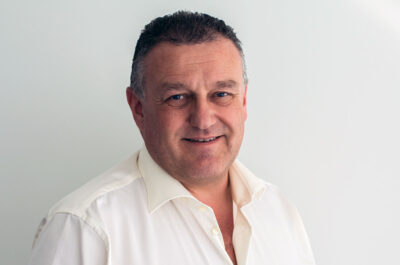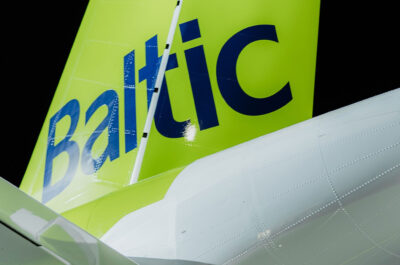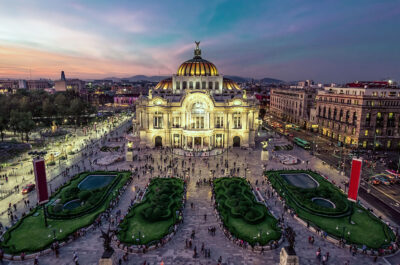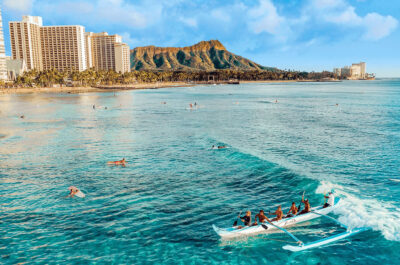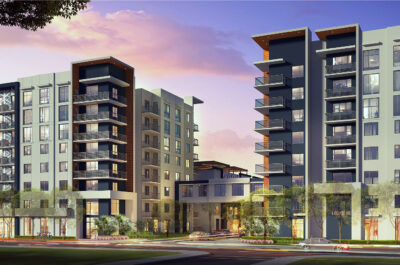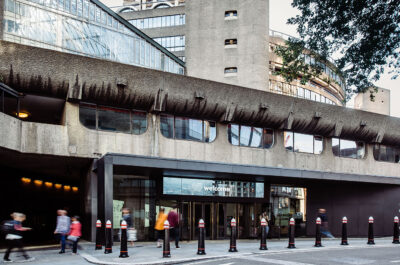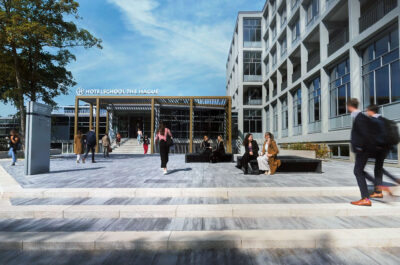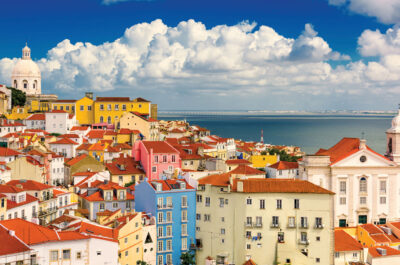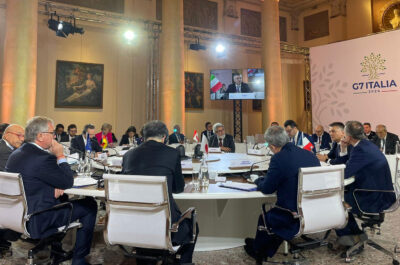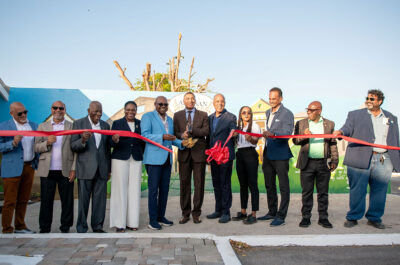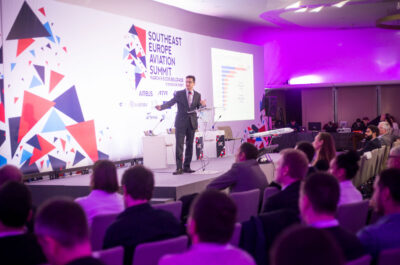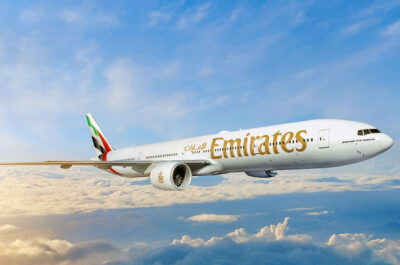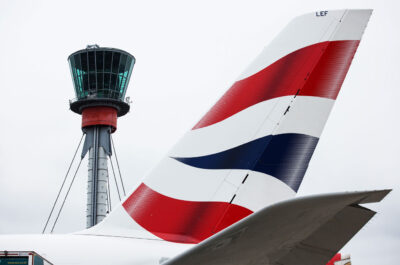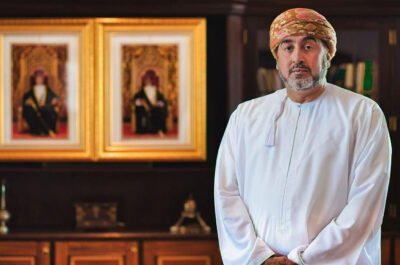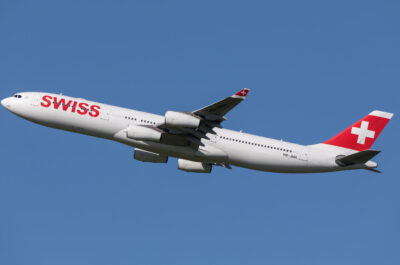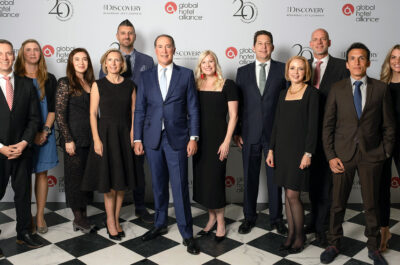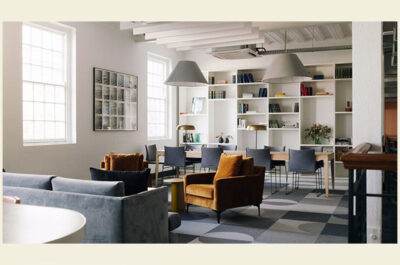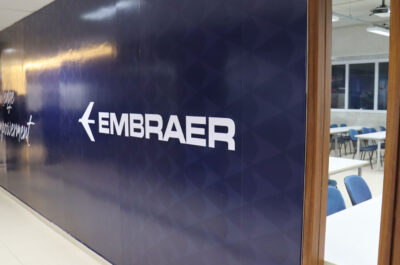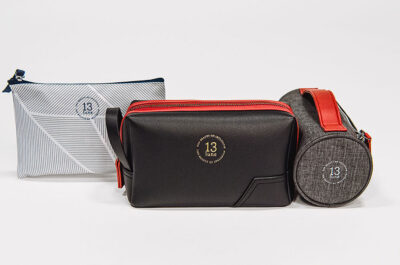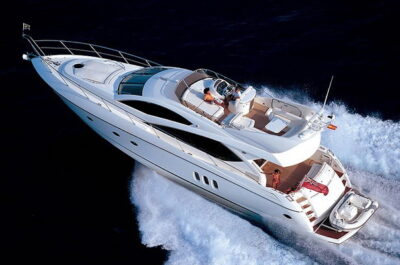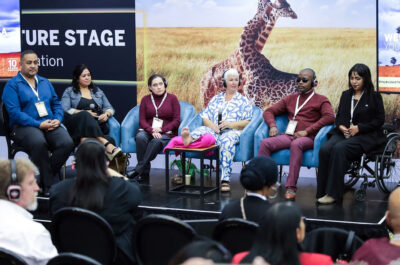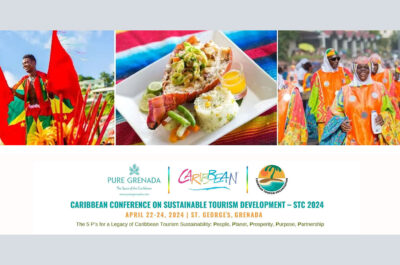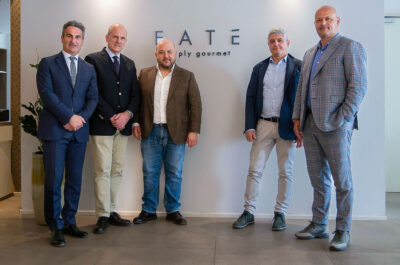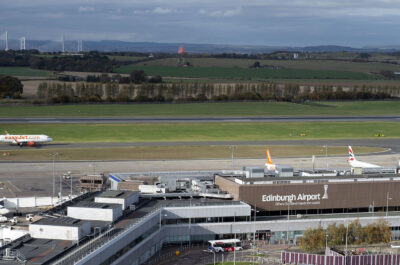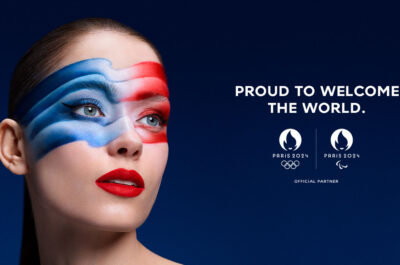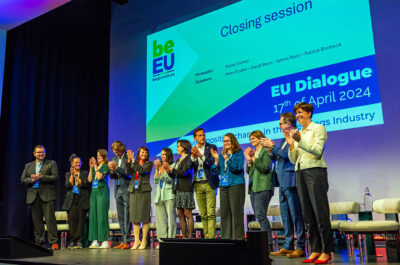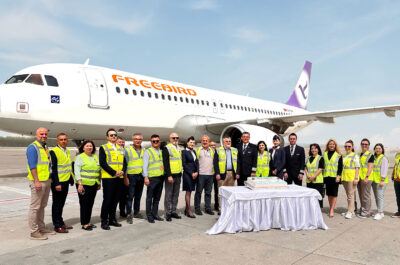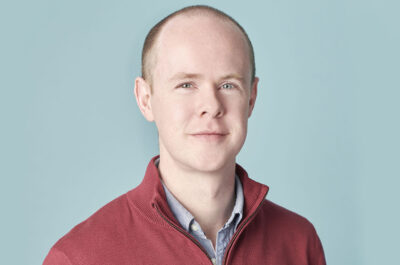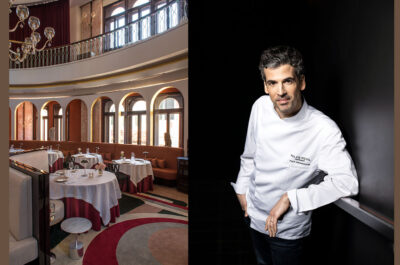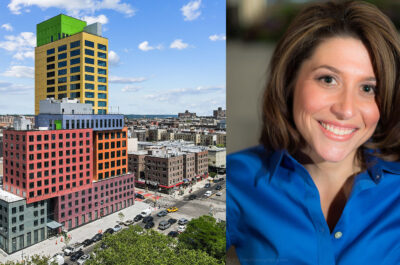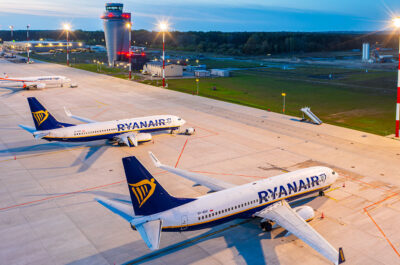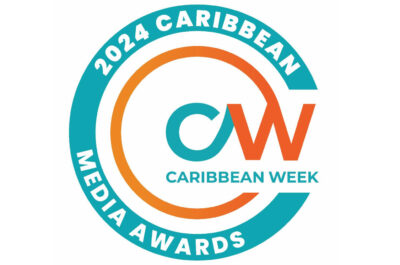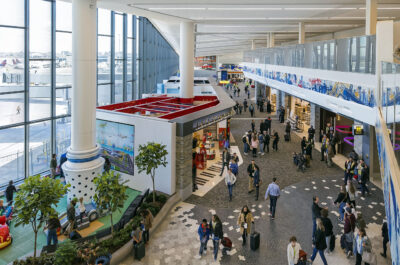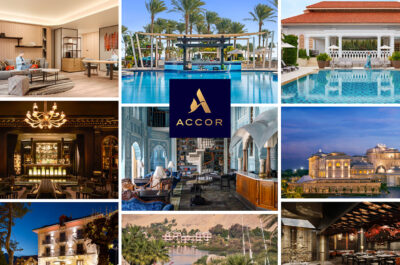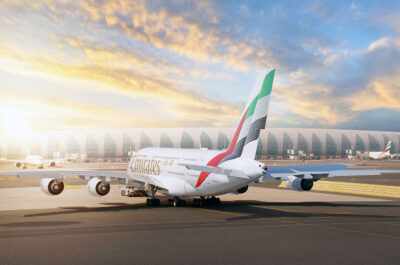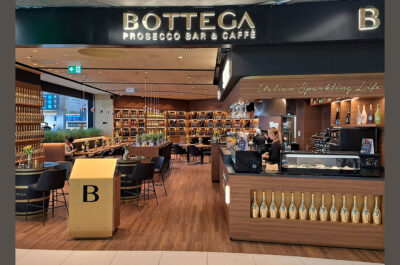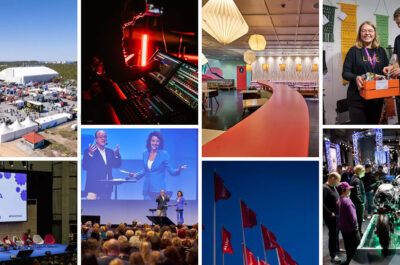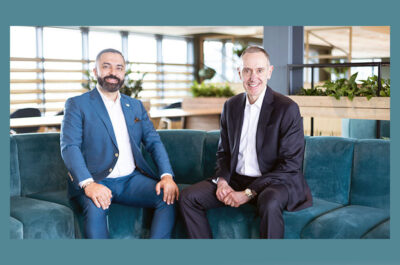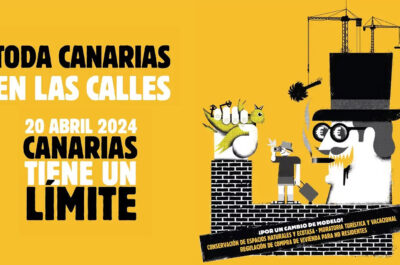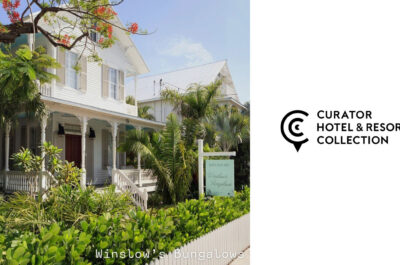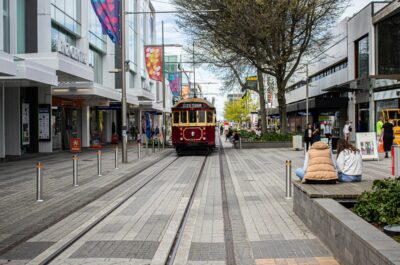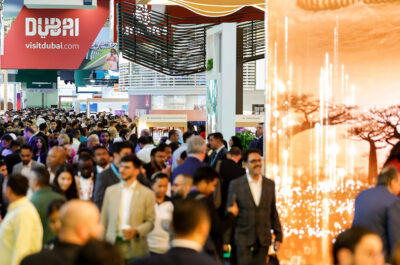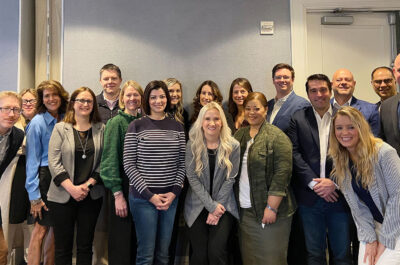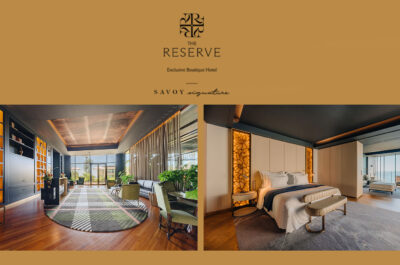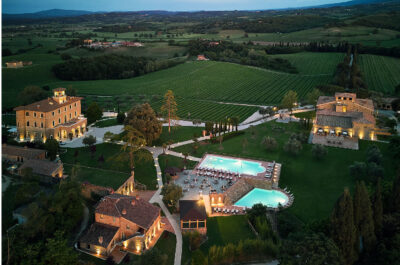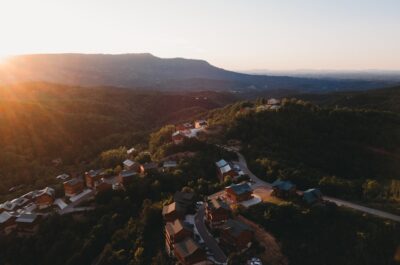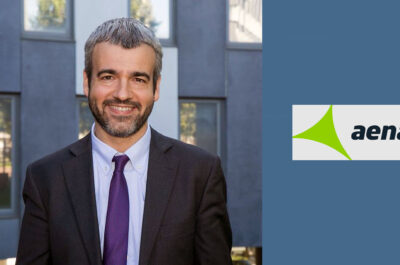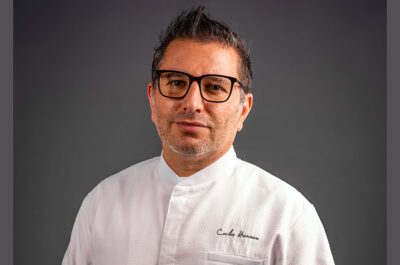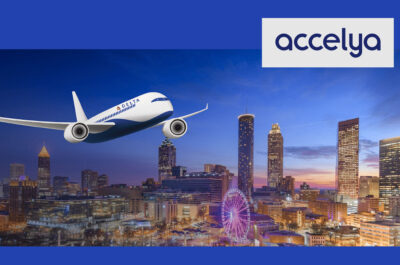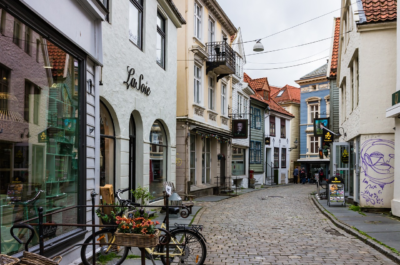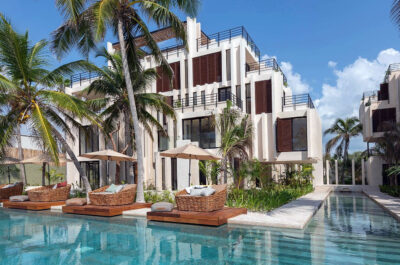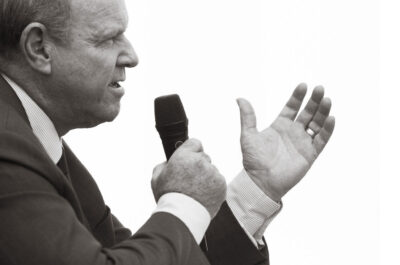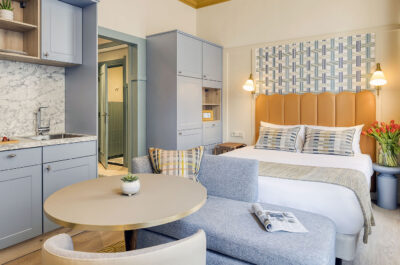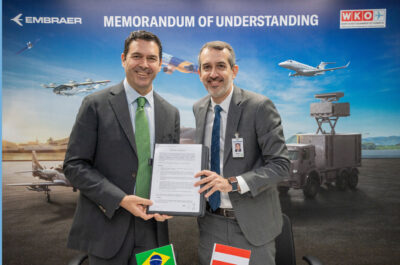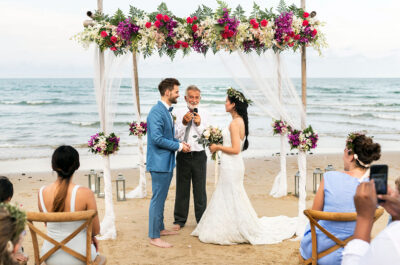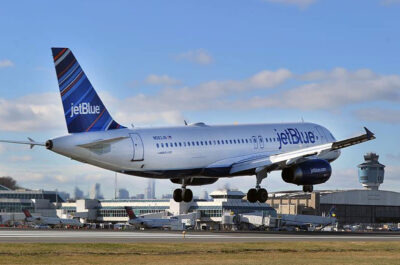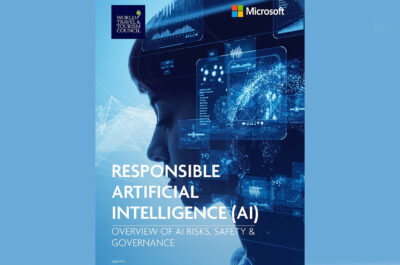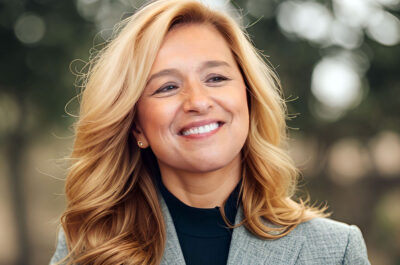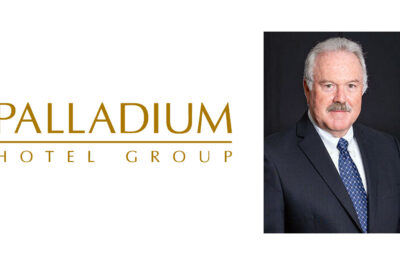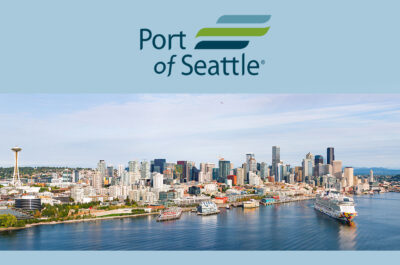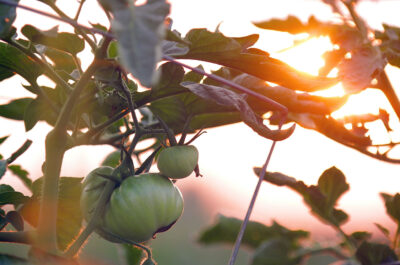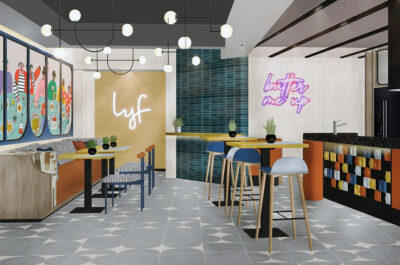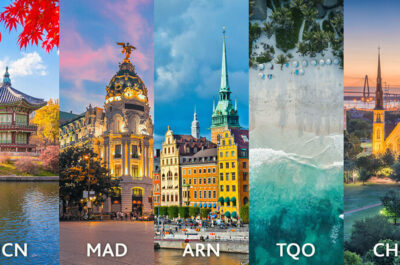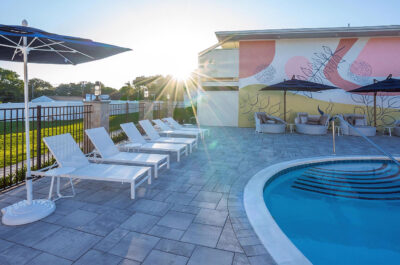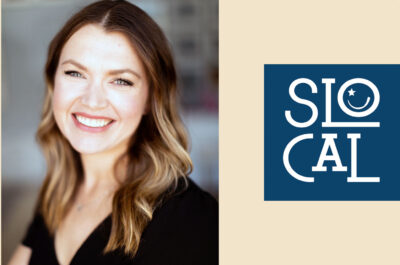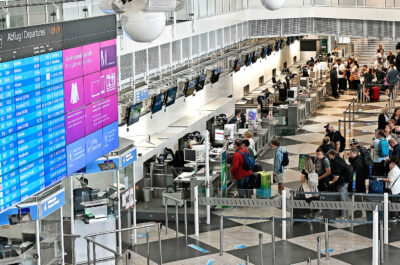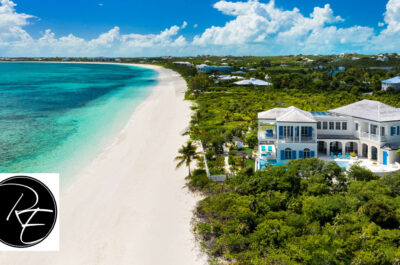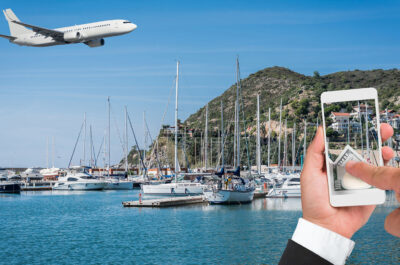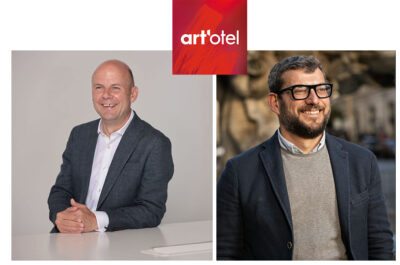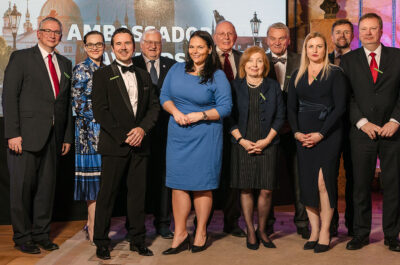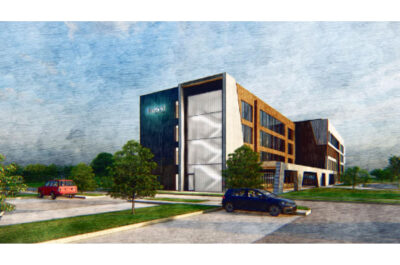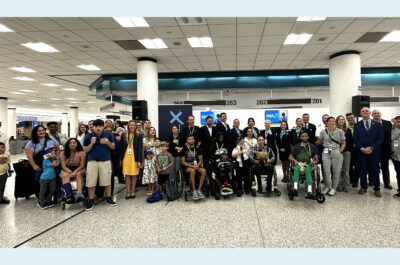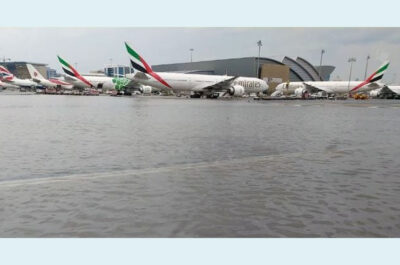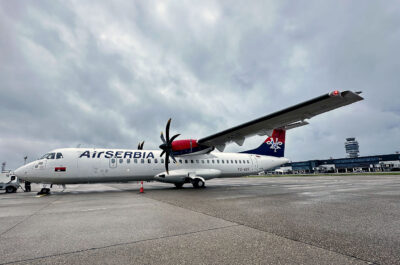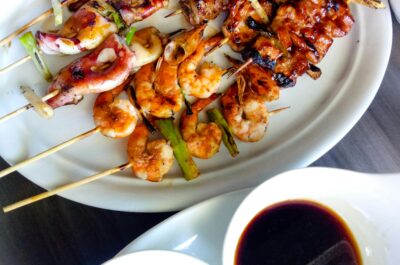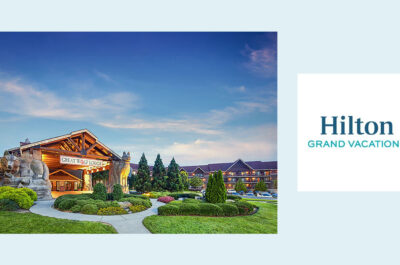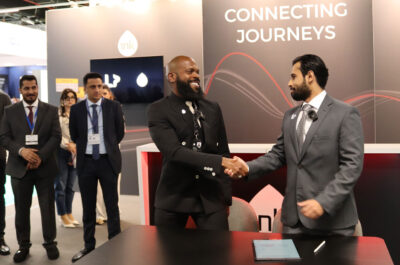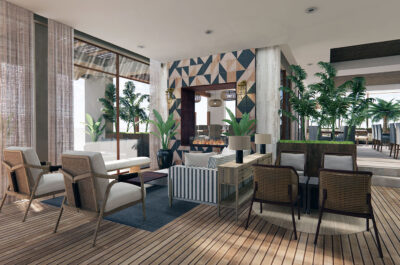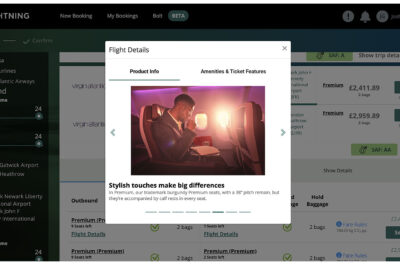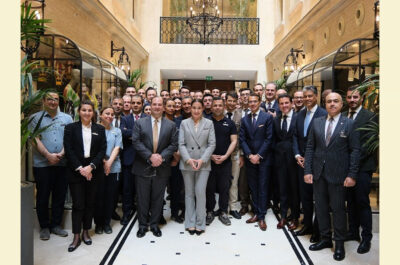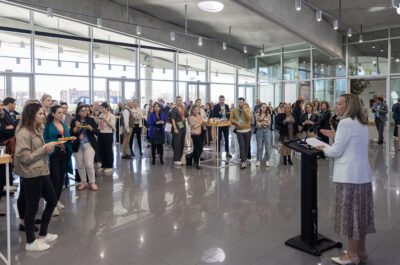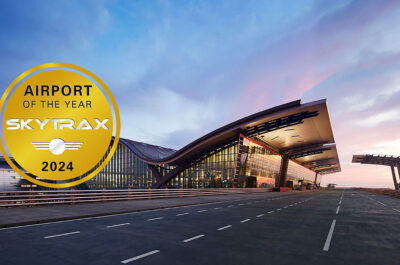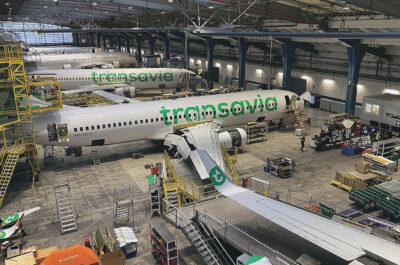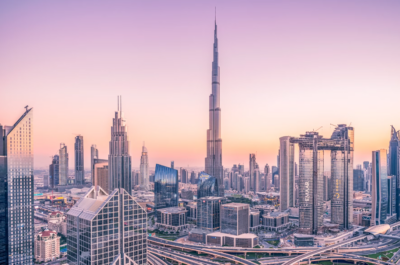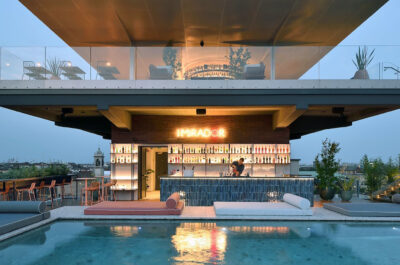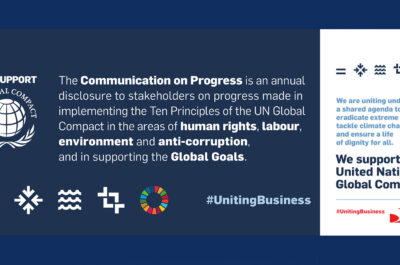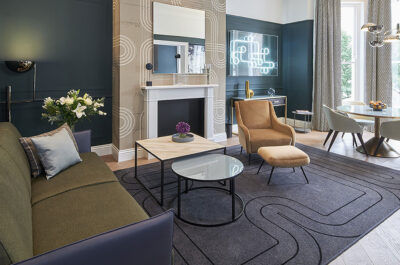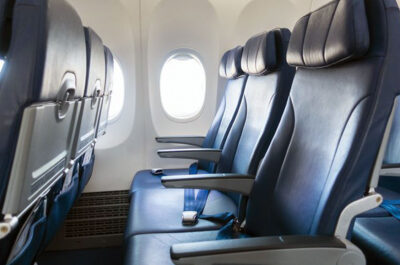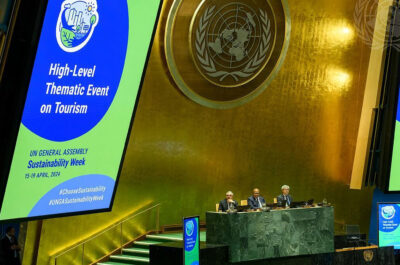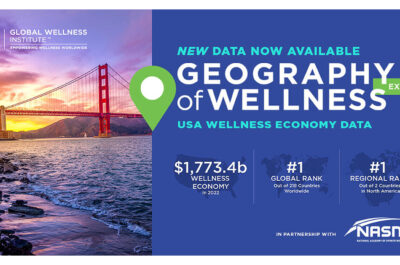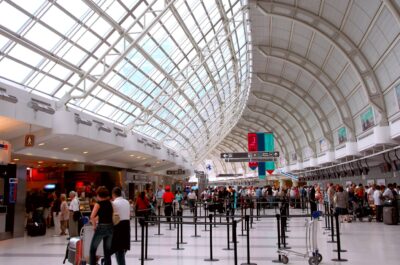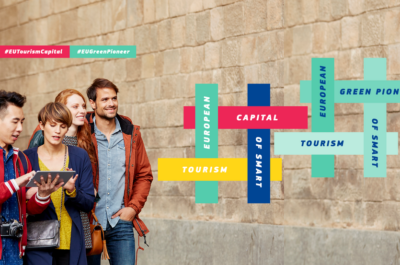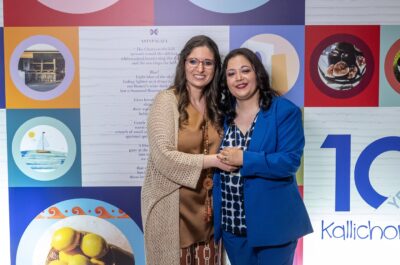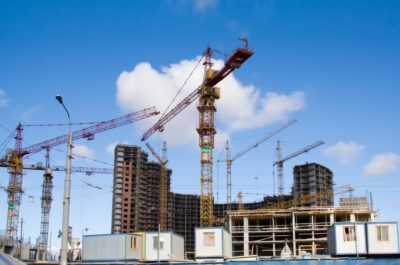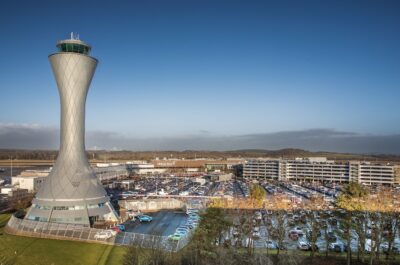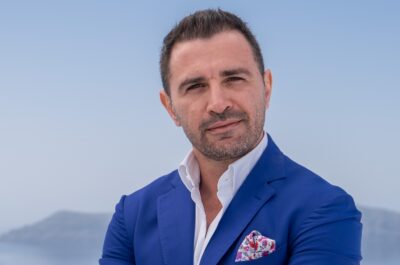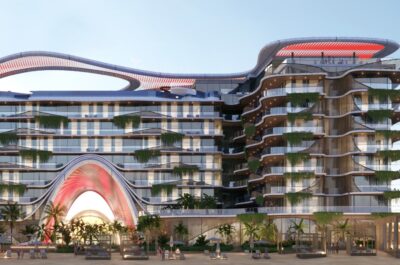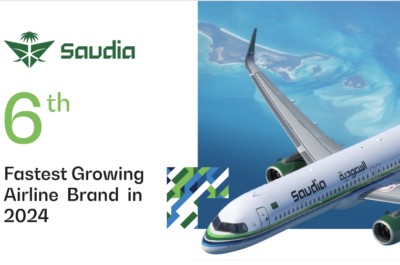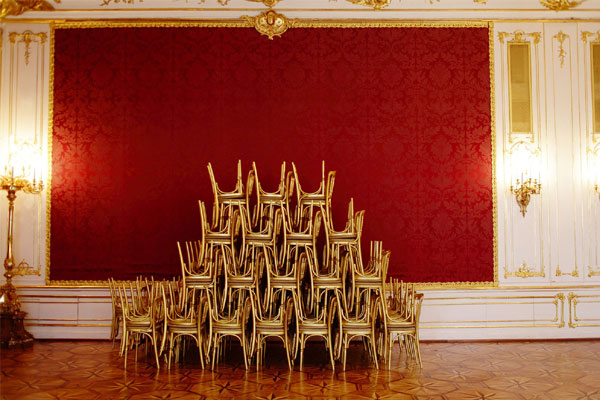
Preparation of a meeting in Vienna. (PRNewsfoto/Vienna Tourist Board).
Induced economic impact reaches new high at 1.163 billion euros (up 8%). One in every eight overnight stays accounted for by meetings and congresses.
The Vienna meetings industry reported its strongest ever results in 2017, in an extension of the record tourism figures posted by the capital during the year. With the total number of events virtually unchanged year on year, there were new all-time highs in terms of participant totals and bednights as well as the induced economic impact attributable to congresses, corporate events and incentives. President of the Vienna Tourist Board and the Vienna City Councillor for Finance, Economic and International Affairs Renate Brauner, Director of Tourism Norbert Kettner and Christian Mutschlechner, Head of the Vienna Convention Bureau presented the latest results at a press conference hosted by the Vienna Tourist Board on April 16. Markus Griessler, head of the Vienna Economic Chamber’s leisure and tourism division emphasized the significance of meetings and congresses for numerous sectors of the capital’s economy.
“Our heartfelt thanks goes out to everyone involved in Vienna’s meetings industry,” said Brauner, “yet again they managed to ensure that the past year was the most successful in the city’s history as a meetings destination. For the second time now the city hosted more than 4,000 congresses, corporate events and incentives and there were strong improvements in all other key indicators: around 611,000 meeting participants translates into a year-on-year increase of 8%, and the 1,874,000 bednights they accounted for represented a jump of 9%, which set another new record.”
“The meetings industry’s contribution to Austrian GDP was no less impressive,” Renate Brauner said. “The symbolic EUR 1 billion mark was reached and breached for the first time in 2015, and by 2017 induced economic impact had climbed to 1,163 billion euros – an increase of 8% on the previous year,” she explained. The induced economic impact includes direct expenditure by participants, event organizers, exhibitors and accompanying persons, as well as income from upstream areas of the economy that is indirectly induced by the events (e.g. food and beverage suppliers, printers, construction companies, banks, insurance companies, communications companies etc.). Over the course of the past ten years since 2008, the induced economic impact of the Vienna meetings industry has climbed by some 78%.
“Vienna’s meetings industry once again proved to be a dependable employer, securing more than 21,000 year-round jobs nationwide. That is over 1,000 more than the previous year – and this contribution to the labor market should not be underestimated,” Brauner continued. “The records set in 2017 are a seamless extension of the capital’s other outstanding tourism statistics – at 15.5m, the number of overnight stays during the year surpassed the 15 million mark for the first time in 2017.”
The 4,074 events held in Vienna in 2017 break down as follows: 1,314 congresses, whereof 512 national and 802 international (up 9%), and 2,760 corporate events, meetings and incentives, whereof 806 national and 1,954 international (up 17%). “The importance of meetings and congress tourism for Vienna is plain to see when expressed as a proportion of all overnights recorded in the capital during the year,” noted Vienna Tourist Board Manager Norbert Kettner. "Meetings, congresses and incentives together accounted for 12% of the total number of overnight stays in Vienna in 2017. The city has the segment to thank for one in every eight bednights.”
Tax revenue from congresses, meetings and incentives in Vienna amounted to 321.37 million euros in 2017. Of this total, EUR 210.46 million went to the Federal Government, 39.18 million euros to Vienna and the remainder to the other Federal Provinces and municipalities. This was the first time that the 300 million mark has been passed. Induced economic impact and tax revenue is calculated according to the Event Model Austria, a constantly-updated method developed by the corporate advisor and Vienna University of Business and Economics lecturer Martina Stoff-Hochreiner.
“International congresses are the cash cow of the meetings industry. For years now they have had the greatest impact on the bottom line,” Kettner explained. While it accounted for just 20%, or a fifth, of all meetings, this segment represented 51% of all participants, 74% of overnights and 79% of economic impact. 80% of the tax revenue induced by meetings and congresses for the City of Vienna was generated by international congresses. “These totals clearly show that Vienna’s success as a congress destination is heavily dependent on international congresses, a segment that puts a strong emphasis on transport connections, and in particular the city’s international flight links. More than three quarters of our meetings participants 76% to be precise – arrive by air, but this can only be said of 42% of holidaymakers,” Kettner explained.
In mid-March the Austria Center Vienna (ACV) unveiled its largest construction project since the venue first opened around 30 years ago. An attractive canopy – the DanubeSAIL – will be added to the square outside the building. By the time work is completed in 2022, this area will be transformed into a new communal space, and add a further 4,200m² for events in either closed or open formats. “The ACV is making a long-term investment in the location and its own meetings infrastructure – a significant asset for marketing Vienna as a destination for meetings: the new access building featuring a Skywalk and three additional entrances allows different customers to use the levels in parallel, which is an important factor when it comes to acquiring large-scale events,” explained Christian Mutschlechner, head of the Vienna Tourist Board’s Vienna Convention Bureau.
“I welcome the decision of the Federal Administrative Court at the end of March to approve the construction of a third runway at Vienna International Airport, which will serve to strengthen Vienna as a tourist destination overall and as a destination for meetings in particular,” Kettner added. For years the Vienna Tourist Board and Vienna International Airport have been pursuing a joint Air Service Development Strategy designed to increase the number of direct flights to Vienna and improve existing routes with additional potential for growth. “If tourist numbers grow as forecast – we are looking at 18 million overnights by 2020 – then there is no other option for the medium term than building the third runway,” Kettner explained. “Halving the ticket levy in 2018 supports our efforts to enhance Vienna’s position on the international air transport market – scrapping this Austrian aberration would be an even fairer move, in terms of competitiveness in Europe,” Kettner concluded.
“In the second half of the year Vienna’s meetings industry will be dominated by the presidency of the EU Council. This will see numerous small to mid-sized meetings added to the capital’s meetings statistics in 2018 – of the 350 meetings held during this time, more than 300 will take place in Vienna,” Mutschlechner explained. The majority of the EU Council meetings will be held at the Austria Center Vienna, which has been granted the role of permanent meeting venue.
Tatiana is the news coordinator for TravelDailyNews Media Network (traveldailynews.gr, traveldailynews.com and traveldailynews.asia). Her role includes monitoring the hundreds of news sources of TravelDailyNews Media Network and skimming the most important according to our strategy.
She holds a Bachelor's degree in Communication & Mass Media from Panteion University of Political & Social Studies of Athens and she has been editor and editor-in-chief in various economic magazines and newspapers.
